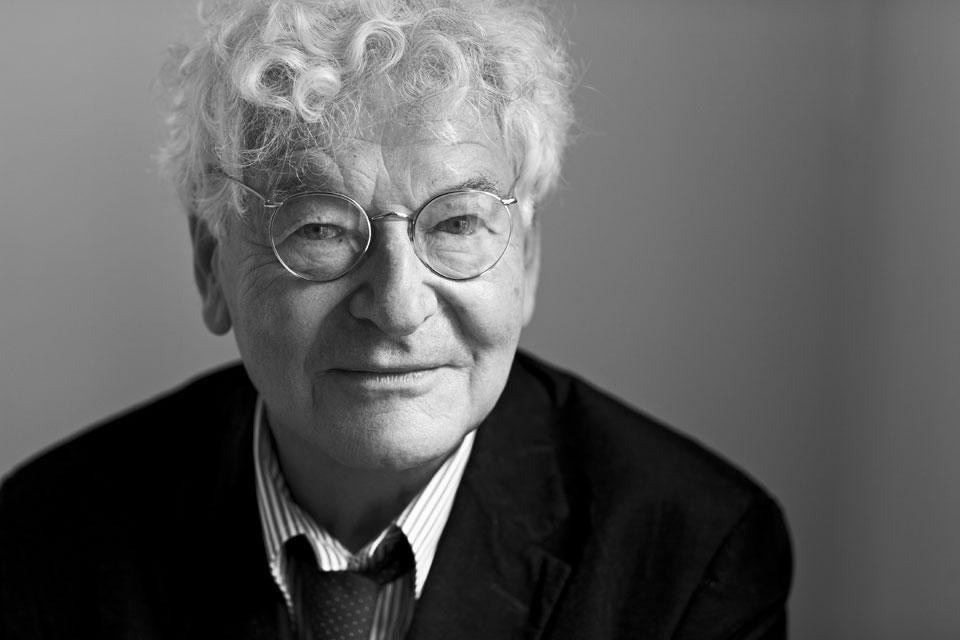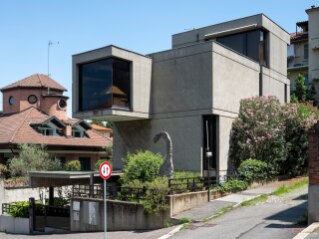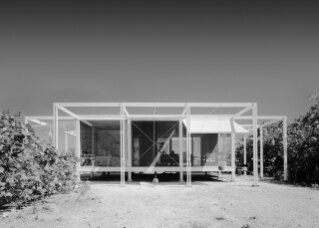The result is a workshop, where the ethical drive that Chemetov seemed to have worked with to liberate the city from its "second Empire" symmetry is rediscovered. This occurs via simple gestures that remove the boredom of living in standard urban design. In all his large-scale Parisian projects, Chemetov removes the daguerreotype-like vision of the city as a dull carbon copy of an object simply placed next to the river.
A specialist in large areas of inner city, Chemetov also signed the indelible and ironically Chirac-esque appeal of the Forum des Halles that, worn out from thirty years of use, will undergo renovation soon. Paul Chemetov is certainly a master when it comes to hiding critical contents with poetic but very radical operations.
This exhibition is sly, effective in the way it emerges directly from a souvenir of childhood: the illustrated book by his father (the painter Chem) much-loved by the architect, from which it borrows the title Chacun sa maison ["A house for every one"]. It was a successful publication for Père Castor editions, a real commercial success in its time and has now been republished by Flammarion for the occasion.
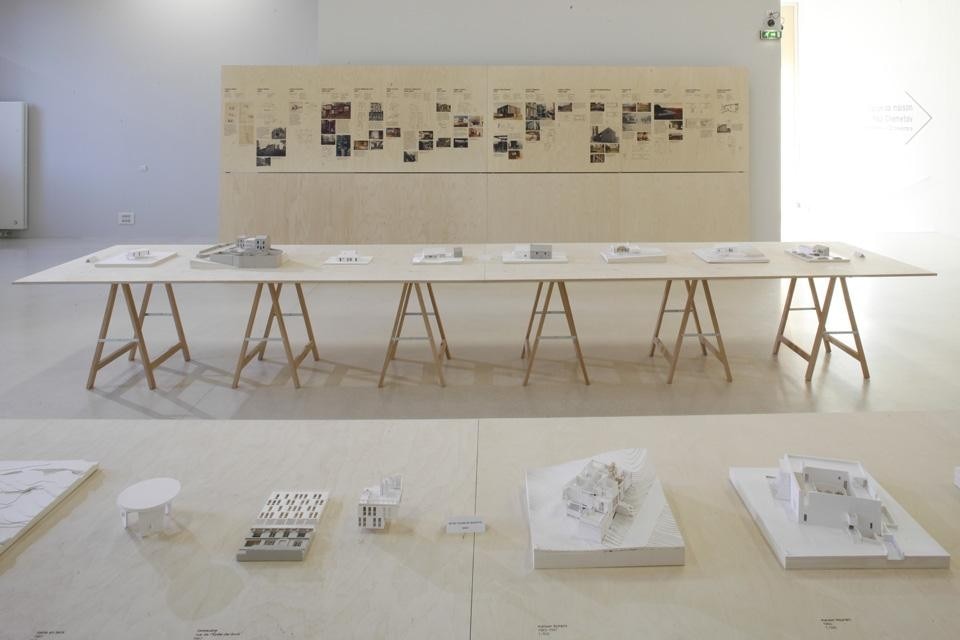
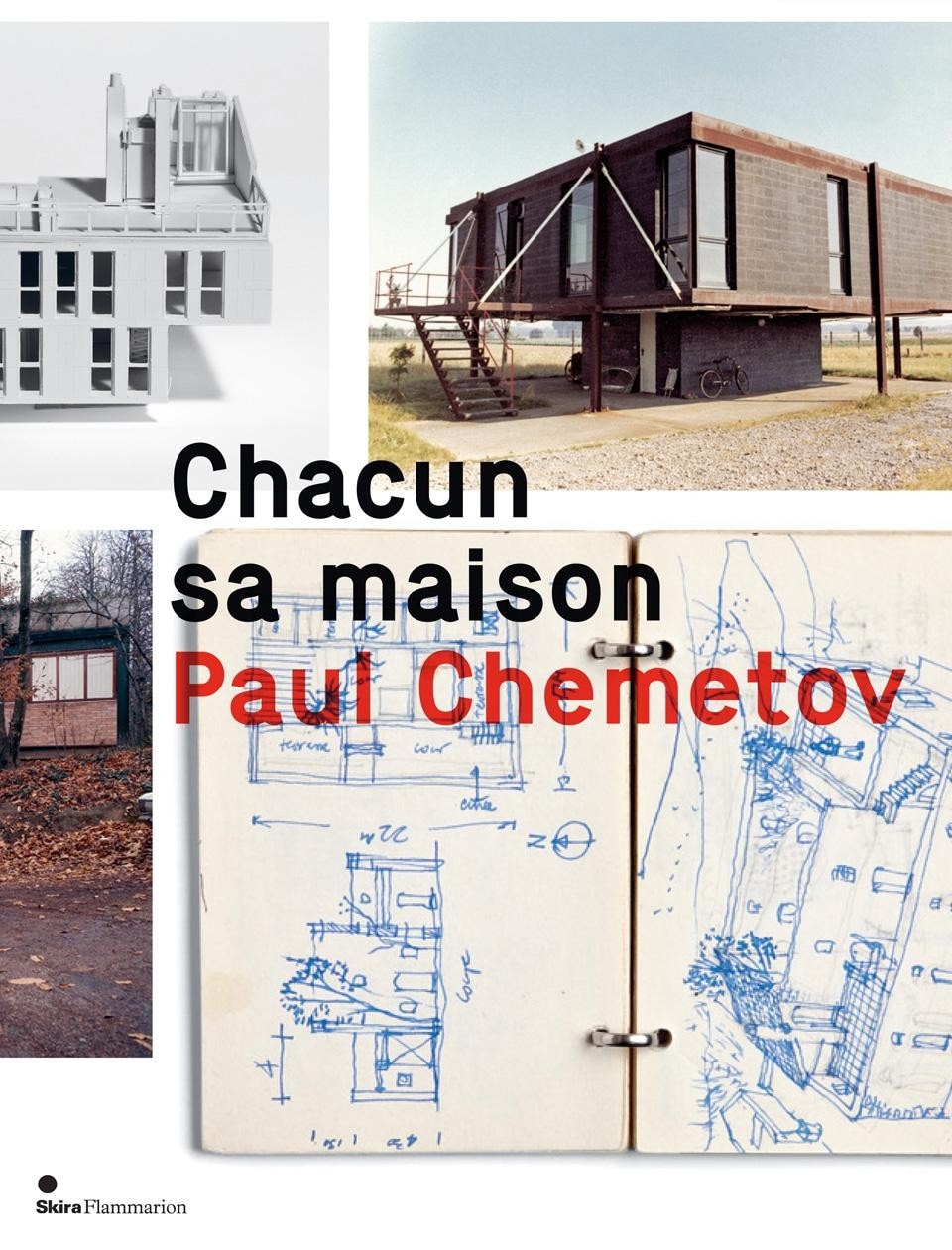
This exhibition of traditional models, presented the ancient way on wooden work tables, certainly aims to overturn the logics of the glamorous contemporary façade. It is a criticism of popular building, which Chemetov is an expert in, and seeks to extract from the ideology of the budget — and the horror today of the destruction of that which is judged to be badly built but that could still function (see the example of Courcouronnes). In the end, even in this exhibition, Chemetov opposes with wit the poetic living of certain works of architecture, that continue to hide the horrors and errors of a great deal of suburban planning today.
In the end, even in this exhibition, Chemetov opposes with wit the poetic living of certain works of architecture, that continue to hide the horrors and errors of a great deal of suburban planning today
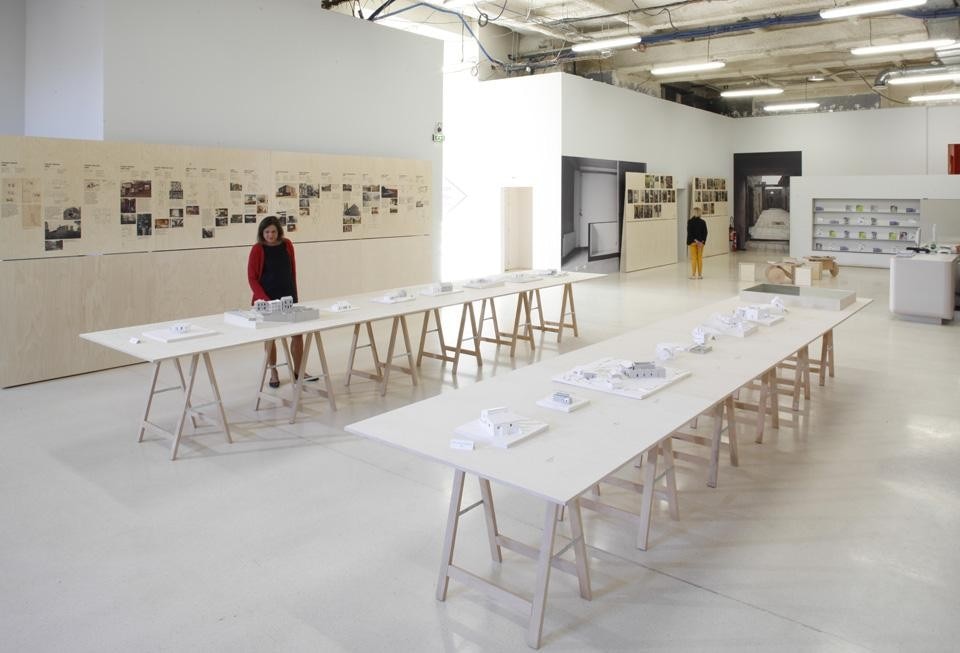
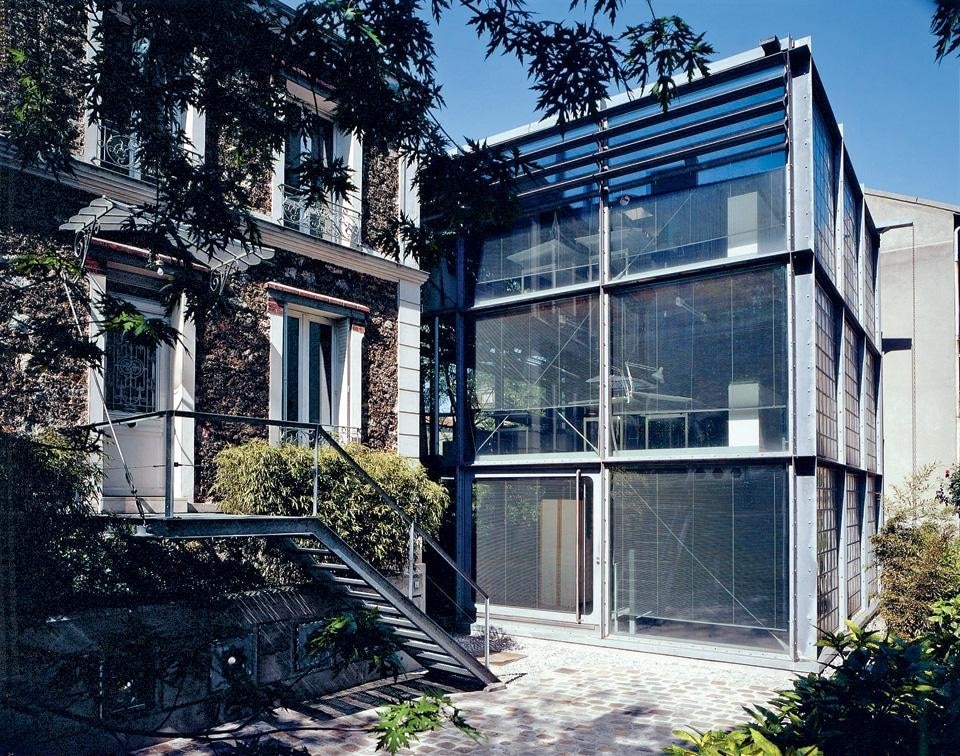
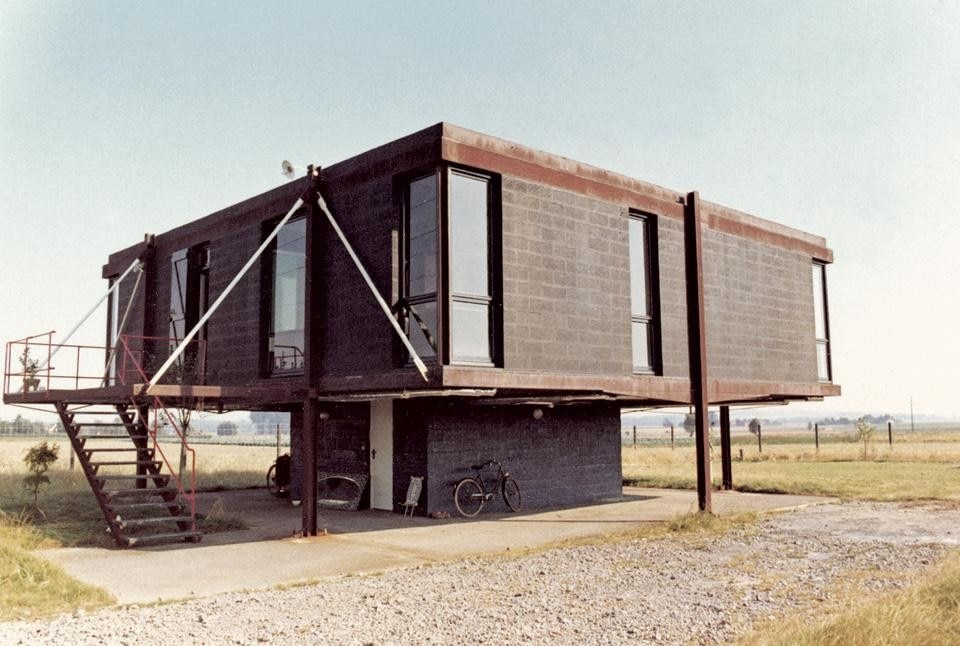

Do you know how a food disposer works?
60% of American kitchens have one, and food waste disposers are becoming increasingly popular in Italy as well. But what exactly are they, and how do they work?


